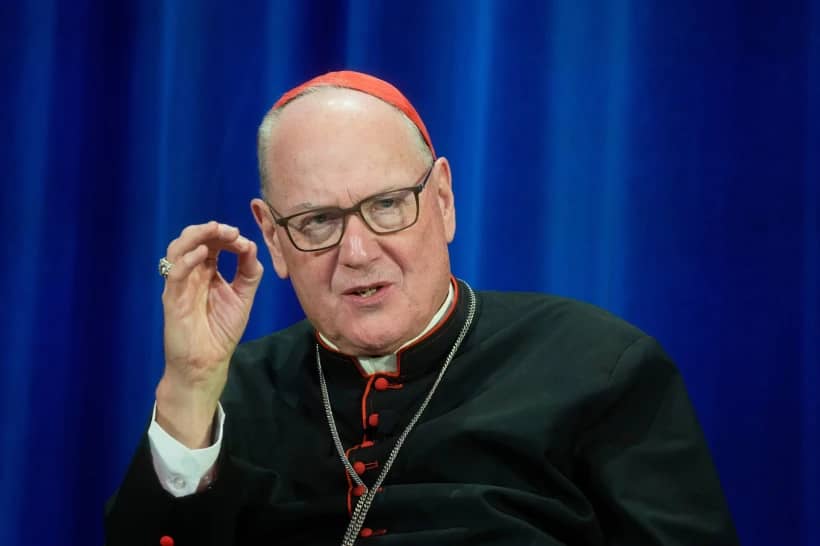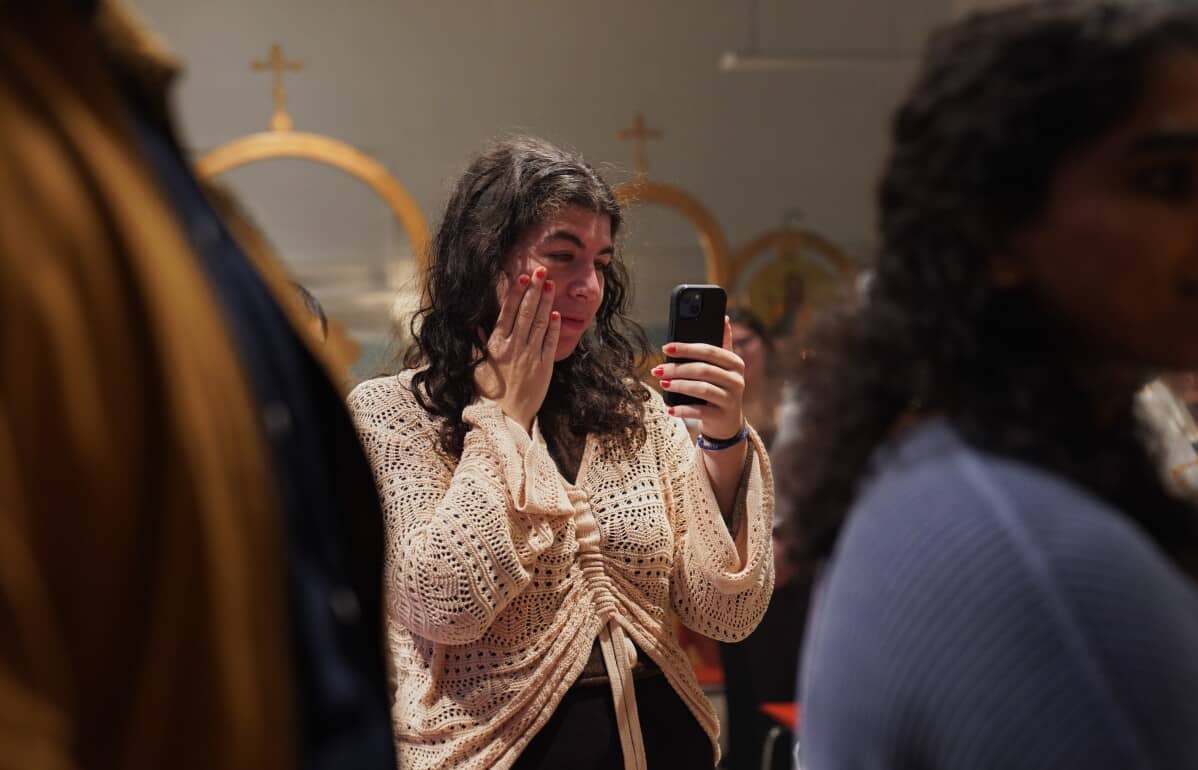In the heart of every person, there is a desire to be in union with God. Such a union is realized and deepened by a life of prayer. Such a summons to prayer is as necessary and essential to human flourishing as breathing and eating. If we neglect prayer, our souls suffocate and starve. If our souls are depleted, they cannot perform the functions for which they were made. These functions include showing faith, preserving in hope, and laboring to love others.
As Christians, we have a super-sized call to prayer since we know that God became a man and dwelt among us. He showed us what it means to be a person of prayer. He has offered us his Spirit to lead us in a life of prayer.
Saint Paul teaches us: “Likewise the Spirit helps us in our weakness; for we do not know how to pray as we ought, but that very Spirit intercedes with sighs too deep for words. And God, who searches the heart, knows what is the mind of the Spirit, because the Spirit intercedes for the saints according to the will of God.”
In our openness to the workings of the Holy Spirit, we are directed to the spiritual treasury of the Church. Within this Church’s vast treasury, we find her cherished prayer methods. Such methods have made saints, mystics, and spiritual masters out of ordinary people just like us. The methods work when they’re used.
The prayer methods of the Church are countless, however, there are certain favored methods in the history of the Church. One of the favored prayer methods is the rosary. Of the principal prayer methods, it’s the only one that involves both mental and oral prayer.
The rosary involves the spiritual imagination in a way similar to the composition of place method. In most instances, the rosary is usually composing events from the Bible, which means the key distinction between the composition of place and the rosary is the rosary’s use of repetitive oral prayer. In a unique fashion, the rosary calls for the use of our voice and hearing as we pray its prayers out loud (as well as touch as we move through the beads of the rosary). The rosary, therefore, is a very interactive prayer method with all of our senses and with the world beyond our own souls.
The rosary is also one of the more structured prayer methods in the Church. For most of the prayer methods, a general template is given and souls navigates the method as needed or directed by the Holy Spirit. In comparison, the rosary is very systematic and calls for souls to follow its directive course of prayer. Both approaches are needed, and sometimes the formality of the rosary can be a great consolation and help to a tired or distracted soul. Its rhythmic praying of the Hail Mary can be soothing and a means of relief to any soul.
In times past, monks faithfully chanted the 150 psalms of the Old Testament. The laity wanted to be involved in the chant of the monks. Because of the duties of their state in life, and the fact that many members of the laity were not able to read or formally chant, they could not actively participate in the psalmody. And so, the laity began to pray 150 Our Father’s or Hail Mary’s. In the course of time, and through the influence of apparitions to various Dominican saints, the Hail Mary became the principal form of the prayerful repetition.
The Catechism of the Catholic Church explains: “Medieval piety in the West developed the prayer of the rosary as a popular substitute for the Liturgy of the Hours. In the East, the litany called the Akathistos and the Paraclesis remained closer to the choral office in the Byzantine churches…”.
The rosary begins with some introductory prayers, such as the Sign of the Cross, the Apostle’s Creed, an Our Father, three initial Hail Mary’s, a Glory Be, and then a series of five decades – which is ten Hail Mary’s – based on various events in the life of the Lord Jesus or the Blessed Mother. There are four rotations of decades focusing on joyful, sorrowful, luminous, and glorious mysteries in the life of the Lord and Our Lady.
For each decade, we’re asked to spiritually compose the event in their spiritual soul while simultaneously praying aloud ten Hail Mary’s. There are times in which the mental prayer is stronger than the oral prayer (which at times can also be optional), just as there are times in which the oral prayer is stronger than the mental prayer, especially among those who might be new to prayer or who are distressed or mentally tired.
There is more to be said about the rosary, but it is a cherished prayer form within the Church’s rich spiritual treasury.
Sign up for the Morning Offering with Father Kirby and receive daily spiritual encouragement sent right to your inbox every morning.

















